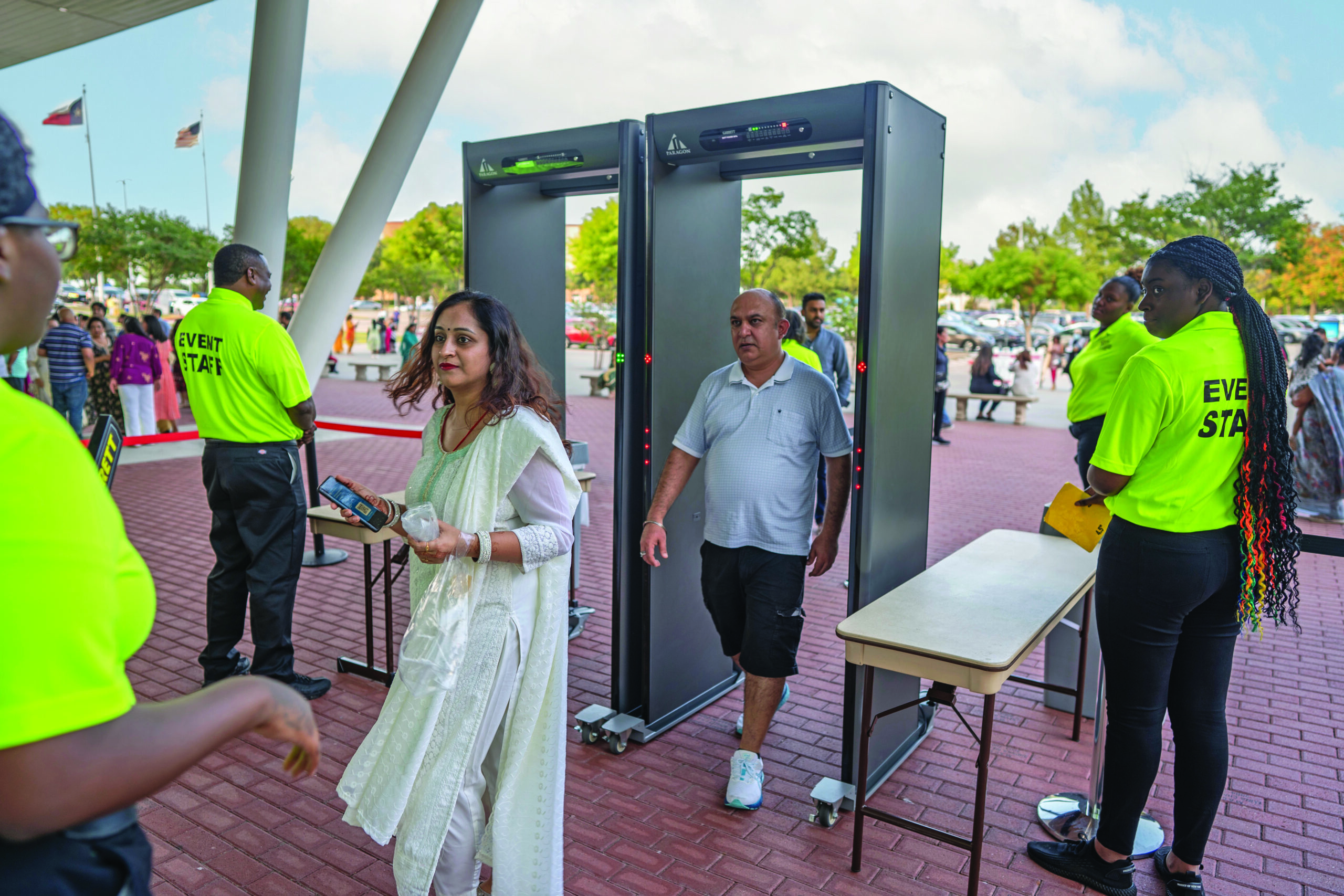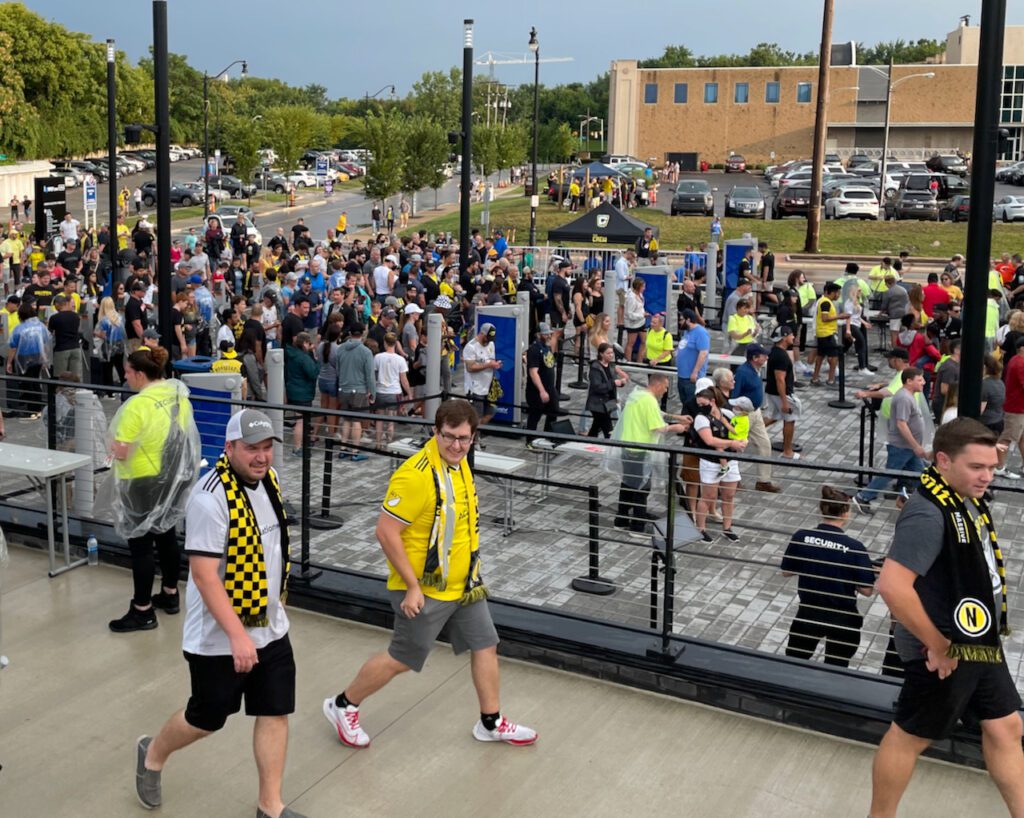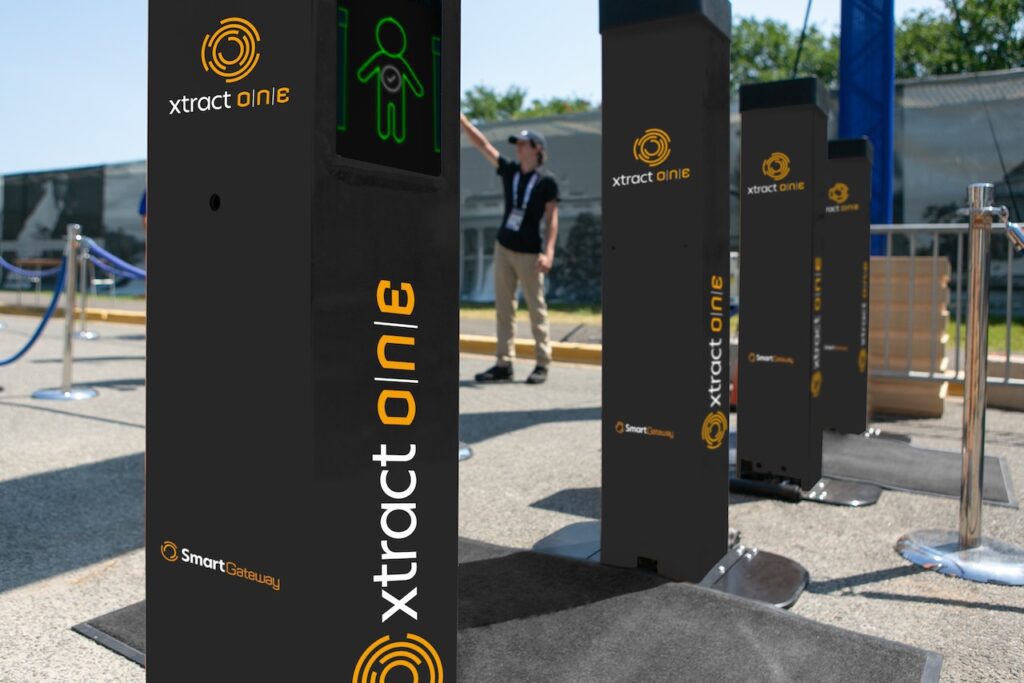
Part 2: Exception processing, preventing tragedy
While we introduced this series by highlighting the benefits of accelerating security screening and the obvious benefits of reducing staffing requirements, we must acknowledge the importance of preventing bad actors from carrying a weapon or weapons into a public venue. The examples of tragedy are too numerous to enumerate here. Venue operators have a grave responsibility for protecting the people that they invite into their buildings to gather and celebrate our sporting and entertainment traditions.

In the absence of a national standard for stadium security protocols, over time venue operators adopted airport-like screening techniques and technology. The airport approach, based on a zero tolerance/zero exception model, is both cumbersome and slow.
Faced with the need to spread out patrons and address long queues, stadium operators have sought alternatives that were better able to address the flow of a typical event which required that the preponderance of attendees be screened in a short window of time immediately leading up to an event. The solution offered by a handful of providers was to employ new detection and scanning techniques to locate threats at greater distance and without requiring the person to be screened to pass through a narrow box scanner in single file.
These new walk-through systems rely on columns equipped with detection arrays that project wave energy of various frequencies towards a person or a crowd in hopes of locating a threat – a gun, a knife, or a bomb for example. The nature of the projected energy varies by manufacturer with some relying on traditional magnetic imaging and others using alternative imaging technology.

But the result in all cases is the same, the data collected by the gate is passed to a computer equipped with a computational model that attempts to match the inbound information with a vendor-developed threat model. When a signature matching a threat is detected, the threat is sometimes even overlayed visually on the person who is potentially carrying that threat and displayed to a screening agent via the system human machine interface – “HMI” — alongside alarms allowing the screener to separate the person from the flow of traffic for additional screening.
Because the system is working to detect a threat (not prove he absence of a threat), the approach can be applied equally to humans, bags, and other containers – objects that are more likely to contain an object that would produce a false positive. The result, fewer people and/or items require screening, and screening efforts are applied more efficiently allowing screeners to focus on actual risks. This approach is both more efficient and focused, incenting the screener to find the risk rather than confirm the negative.
In theory, the result is enhanced security. But is it? Within the industry, the efficacy of these systems is a topic of debate with each vendor offering their own approach, aligning around specific technologies. The result is constant innovation. In response to walk-through solutions, vendors of traditional metal detectors have been pushed to innovate, even adding new software allowing fans to walk through the old-style systems without removing items like keys or phones from their pockets. AI models are being improved via the introduction of millions of data points. New sensors and cameras are being added to these systems to increase their efficacy. And the combination of enhancements is pushing from queue-based threat detection to technology that can evaluate a crowd.
And though detection system operations differ widely from venue to venue, almost any fan can tell you a story from the past about waiting in a long line while other fans go through the security screening process, with almost inevitable stoppages to find things in pockets or jackets that caused the sensors to emit the well-known “beep.” And while in the past fans might have been expected to wait out the delays with some degree of patience, in the post-Covid era of shortened tempers and increased willingness to flout protocols it has become even more important for venue operators to find ways to eliminate such pain points whenever possible.

While numeric claims of how many fans per minute each system can scan vary widely, it’s easy to understand how any one of the new systems are capable of handling regular screening in a much faster fashion than the older one-at-a-time metal detectors. Having seen several such systems in live game-day action it’s clear that the promise of significantly shortening or even eliminating security lines is one that is being regularly fulfilled, satisfying both fans as well as venue owners and operators.
As you will see later in the report, there is some heated debate within the supplier industry about whether or not systems that allow such quick entry are really providing the level of security many fans want and venues may need.
But make no mistake, the ability for venues to eliminate the previous situation of long lines at security gates — which are, in and of themselves, a large security risk — has been enough to spur the multiple deployments of the newer walk-through scanners that have taken place over the past two years. Throw in the added benefits of being able to use fewer staff members at security gates with a smaller physical footprint (with faster throughput, fewer gates are needed), and you have another reason why the new walk-through scanners are gaining in popularity.
Part 3: Who are the providers in the market?
This post is part of our Market Report on Security Scanners. Click here to return to the start of the report.







